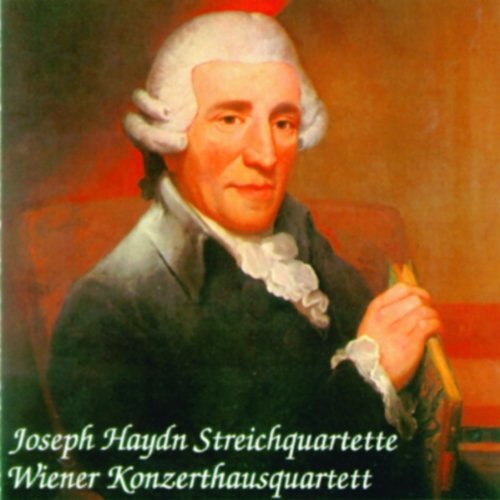
Herzog, Michael
Well-traveled medieval pilgrims were often covered in tokens of the pilgrimage sites they had visited, much like the station wagons of the 1960s would have flaunted stickers from Yellowstone, Mt. Rushmore, the Grand Canyon, etc. Below is a medallion pilgrims might have received when they prayed at Becket's tomb in Canterbury. This one is an artistic rendering of the sacred shrine, as found in this manuscript in 2015.
The translator and editor of this only complete version of Chaucer's great work, Michael B. Herzog, Professor Emeritus of English, Gonzaga University, has devoted the first five years of his retirement to re-introducing modern readers to Geoffrey Chaucer and the wonderful art of Chaucer's storytelling.
Throughout history, believers of every kind have made pilgrimages to sacred sites. In Medieval England, the most popular pilgrimage destination was Canterbury, the centerpiece of whose magnificent cathedral was an extraordinary, lavishly-decorated tomb that held the bones of St Thomas á Becket.
In Geoffrey Chaucer's late 14th century Canterbury Tales, a random collection of pilgrims who meet in London agree to make the three day horseback trip to Canterbury together and to tell stories to each other, with the best tale to be acknowledged by the reward of a dinner for the teller, at the expense of the other pilgrims.
To the frustration of modern readers, Chaucer had finished perhaps only three-quarters of his masterpiece when he died in 1400. But then, in 2015, a miracle. In an archeological dig near London's Westminster Abbey the book you now hold in your hand was found, the only complete version of the Tales.
Here, for the first time ever, readers can meet all thirty fascinating, raucous, endearing, unabashed pilgrims, enjoy each of their intriguing, surprising and uncensored tales; and discover to which of them the Host awards the prize for telling the best story.







